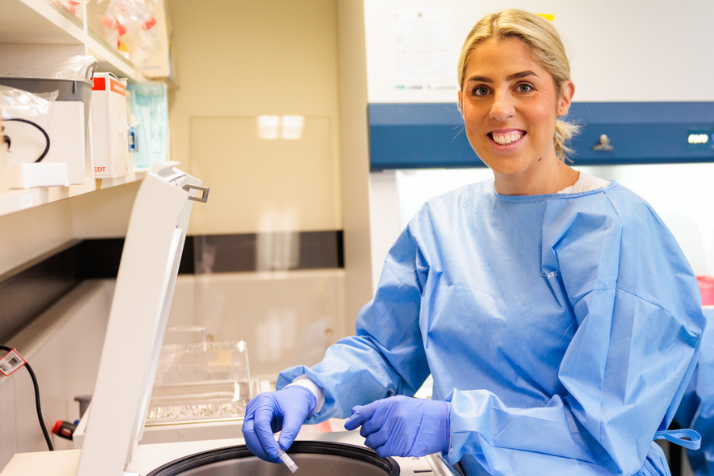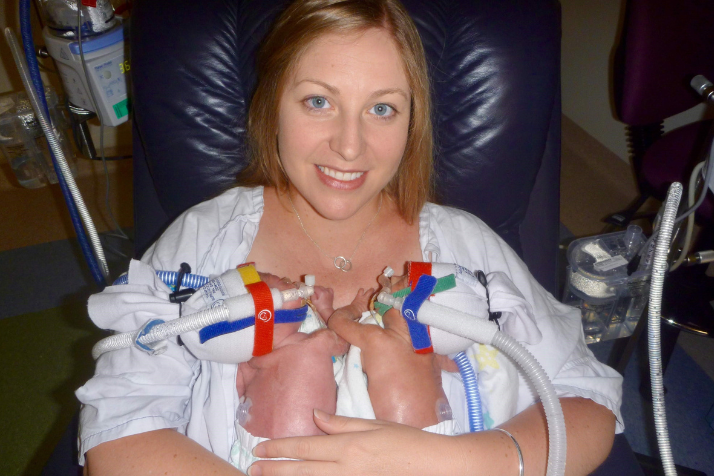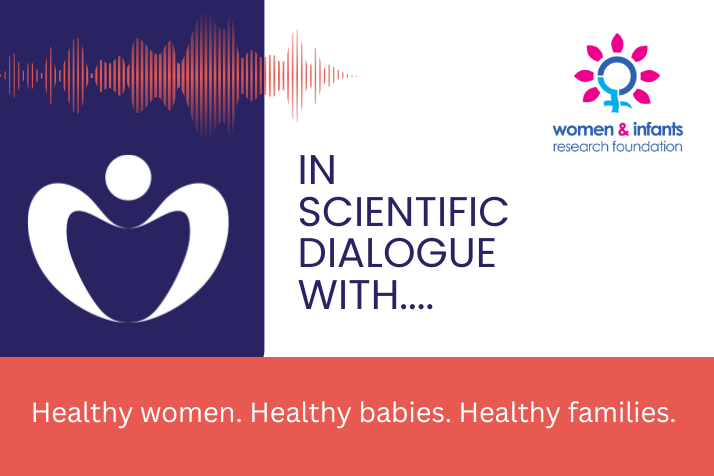WIRF researcher Dr Erin Fee has completed a PhD with a focus on improving the use of antenatal steroids (ANS) for babies at risk of preterm birth.
Her research questions the use of current high-dose ANS treatment regimens and supports the development of a safer, and more targeted treatment approach.
For decades, ANS have been a cornerstone of obstetric care, primarily to promote fetal lung development ahead of anticipated preterm delivery. However, Dr Fee’s findings suggest that the current “one-size-fits-all” approach may no longer be appropriate.
“Response to treatment varies, with many ANS treated preterm babies still experiencing respiratory morbidity, showing that some fetuses do not benefit from the steroids,” Dr Fee said.
“Additionally, up to 40 percent of fetuses exposed to antenatal steroids ultimately deliver at term.
“That means a large number of babies may be unnecessarily exposed to high doses of steroids and are potentially at risk of long-term harm.”
Her research tackled four key issues plaguing current ANS practices: overexposure due to unoptimised dosing, unnecessary exposure due to uncertainty in predicting preterm birth, the expanding use of ANS (including elective caesarean deliveries at term), and growing evidence of possible adverse effects on the baby’s neurodevelopment and long-term health.
Key aims and breakthroughs
Dr Fee’s work comprised two major aims:
- Determining the lowest dose of steroid required to drive lung maturation in preterm babies.
The study found that only a small amount of the corticosteroid betamethasone — 0.61 mg, administered to the fetus over 48 hours — is required for the lungs to develop before birth. This is much lower than the amount currently used (clinical ANS treatments use 24 mg of betamethasone preparation), meaning lung benefit could be achieved with a smaller, safer dose.
- Investigating how babies respond to ANS treatment by looking at lung responses in non-identical twin lambs.
Nearly half of the twin pairs showed different lung responses to ANS treatment, and researchers found 13 genetic differences linked to how well it worked — suggesting genetics may influence treatment response.
“This level of variability — even in shared intrauterine environments — points to the importance of individual genetic factors in determining treatment success,” Dr Fee said.
“It underscores the urgent need for individualised treatment in this field.”
The implications of Dr Fee’s findings are wide-reaching.
By advocating for lower-dose, targeted ANS regimens, her research offers a path to minimise unnecessary steroid exposure for both mothers and babies — without compromising the life-saving benefits of fetal lung maturation.
In addition, the identification of genetic markers that predict ANS responsiveness could one day enable clinicians to tailor treatment to the individual fetus — maximising benefit while reducing the risk of harm.
Next steps
The next phase of Dr Fee’s work will focus on refining dosing protocols and further exploring individual response to ANS treatment.
Dr Fee and her collaborators hope to translate these findings into clinical trials and, ultimately, into new standards of care, leaving a lasting legacy – one that could reshape the treatment landscape for millions of mothers and their babies around the world.
“We’re working to give preterm babies the strongest start possible” she said.
“Protecting the most vulnerable, so every baby can thrive”.
Congratulations to Dr Fee on the outstanding achievement of completing her PhD and for her important research on antenatal steroid therapy. Her work marks a significant step forward in improving the safety and effectiveness of care for mothers and babies, and lays the foundation for more personalised and precise treatment in the future.



